The 8 Best Types of Vegetables to Grow Vertically on a Fence – Grow More and Save Space with These Tips
Growing vegetables vertically on a fence will use your space wisely while also benefitting your produce. Learn what types of plant do best when grown upwards.
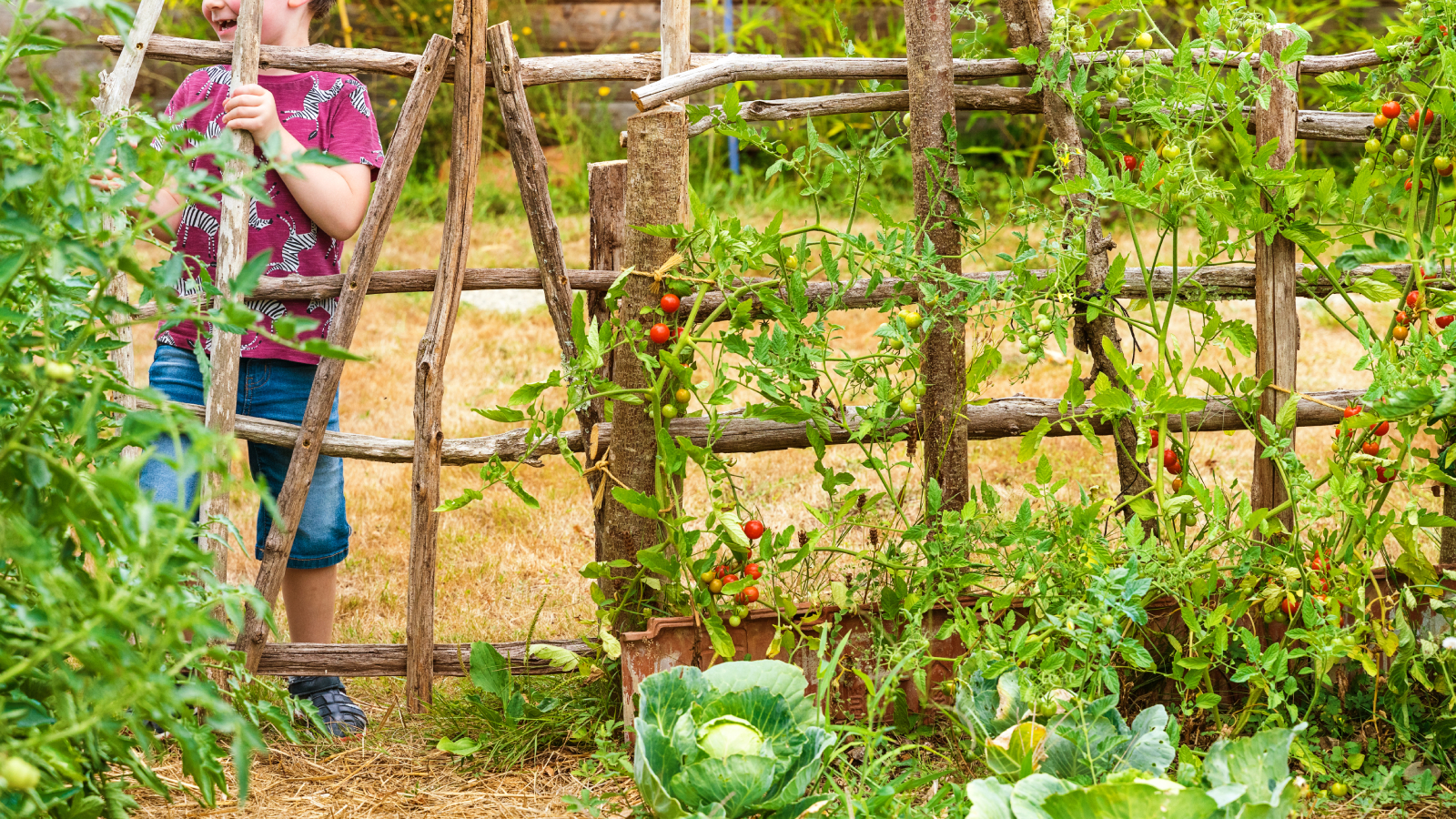

Growing vertically has had a moment the last few years. It is touted as an excellent option for small space gardeners, but it has other benefits as well.
Vertical vegetable gardening allows for freer air movement which can minimize pests and disease. It has a smaller footprint which can help veggies integrate into an ornamental garden with ease.
It keeps fruits and vegetables out of the dirt where pathogens lurk. It brings those blossoms up towards the sun for maximum light exposure. Green walls have been shown to keep an area cooler, diminish noise pollution, and can lead to a more efficient use of water.
Structures for Vertical Gardening
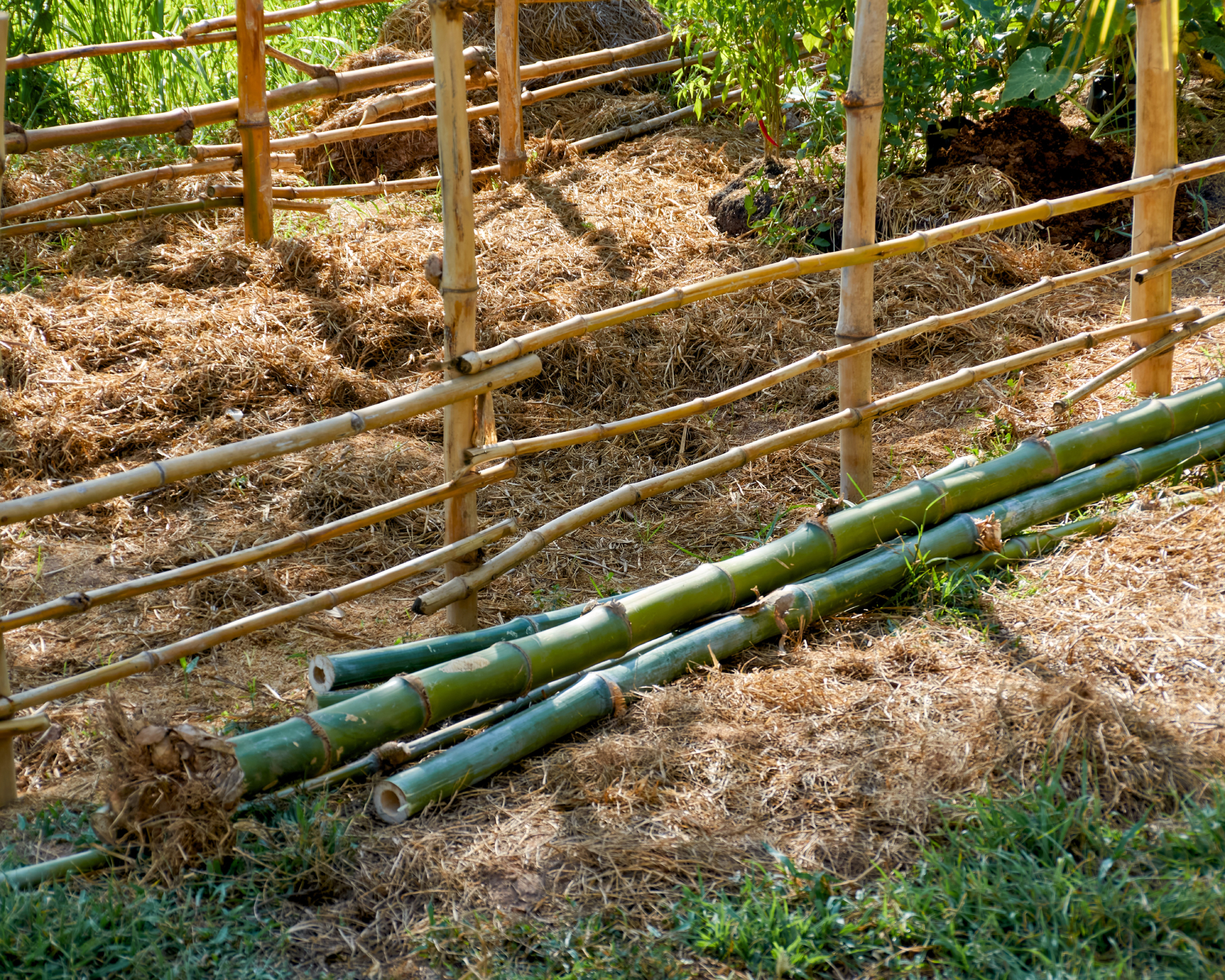
Vertical gardening can be as easy or complex as you make it. Many vertical gardeners just train their plants up a fence, but there are other common ways to grow upwards. An old wooden step ladder is one of my favorites for tomatoes. Each rung can hold a branch or 2 and even indeterminate plants have enough space for their tumbling vines.
A cattle panel arbor, different types of trellises, or even wooden pallets can be put into use as upright supports for stems and vines. Arbors, pergolas, and wall mounted planters are other options.
But if you have a fence in your yard, it can be as easy as using what you already have. Check out these plant suggestions and tips for growing veggies up a fence.
What Can I Grow Vertically on a Fence?
The most obvious plants for vertical growing are those with long stems or vines. Pole beans, pea vines, cucumbers, tomatoes, and smaller melons are all likely candidates. But some other varieties of vegetable can be trained vertically with methods like espalier.
Sign up for the Gardening Know How newsletter today and receive a free copy of our e-book "How to Grow Delicious Tomatoes".
Smaller individual plants may be grown in a vertical structure in which each plant has its own housing. Herbs hanging from burlap sacks affixed to a wall are one inspiration.
1. Indeterminate Tomatoes
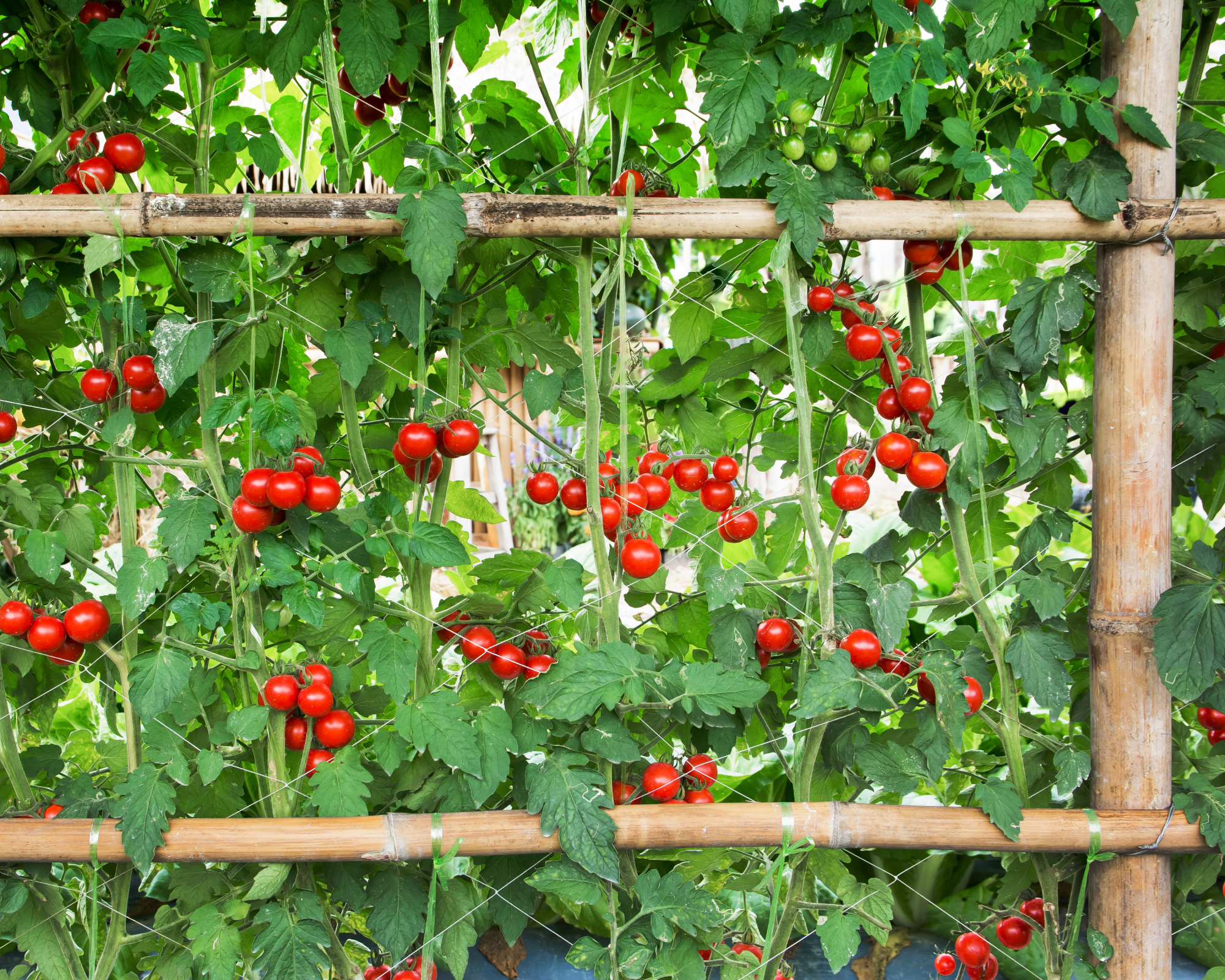
Indeterminate tomatoes don’t have a fixed end to growth on the stem. They will keep lengthening as the season progresses. One of the best things about this type of tomato is that it will keep making fruit until the first killing frost. But indeterminate tomatoes can grow 6-12 feet (1.83-3.66m.) long in just the season.
Tomatoes benefit from staking and training to keep the fruit from touching the ground and to introduce maximum sunlight and air. Tomato vines will twine and help themselves go vertically but they will also require a bit of assistance. Try the Early Girl hybrid tomatoes found in the Gardening Know How Shop for a reliable and tasty slicing tomato.
2. Snow Peas
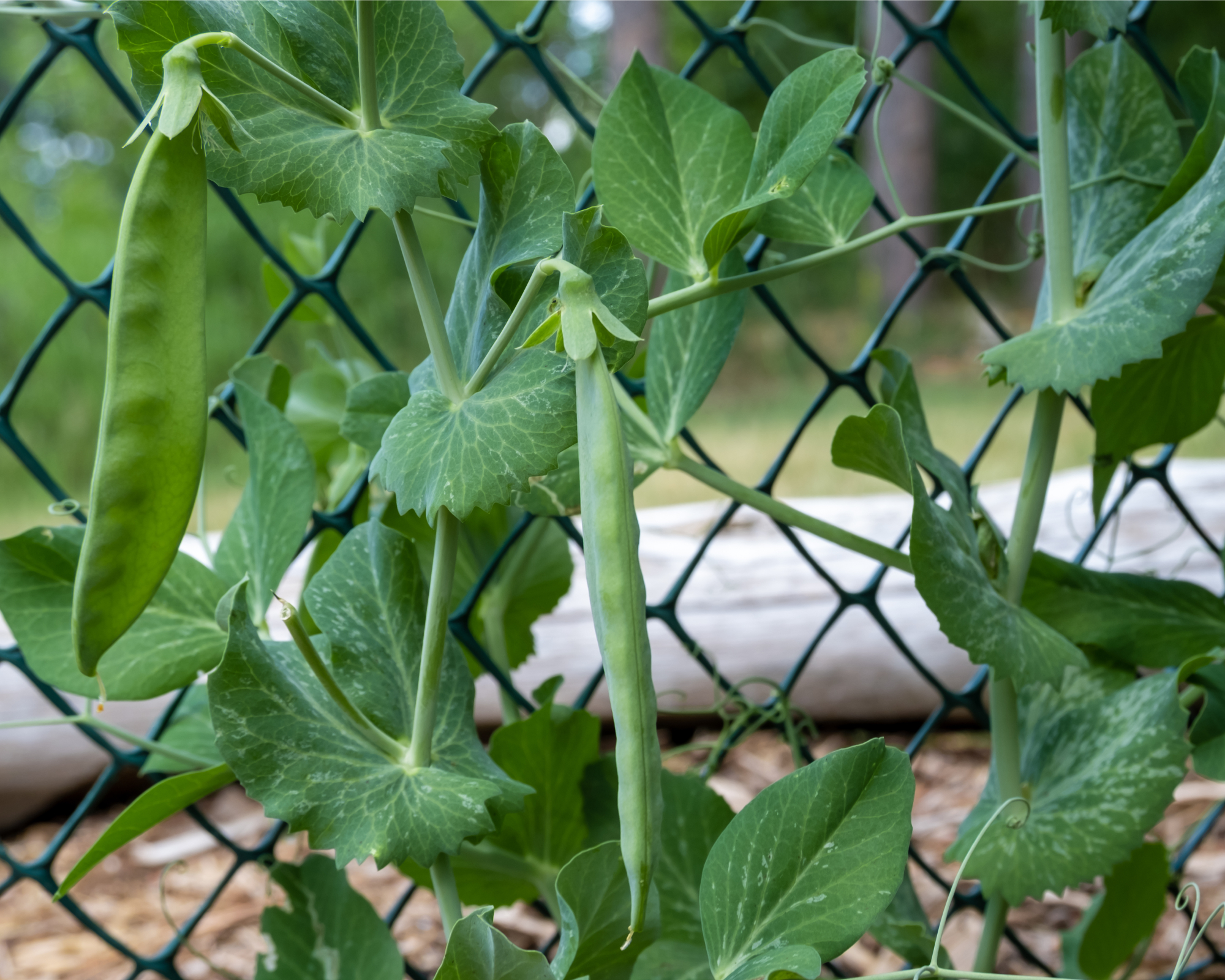
These crisp, little treats are one of the first bits of produce you will get from your garden. When you grow snow peas upwards, you can best enjoy the beautiful flowers and charming pods as they dangle away from the vine. This is a very attractive plant and useful even in the ornamental garden for color and interest. Sow snow pea seeds either outside in early spring, or indoors 6 weeks prior to transplant.
The earlier you can get them going the better the crop you will expect. Snow pea vines produce twining tendrils that will help haul the plant upward. They won’t need much training except at the very beginning. Provide enough foot holds for the tendrils as the vine ascends.
3. Runner Beans
Another legume that prefers to have something upon which to scramble, runner beans produce long vines. They are traditionally grown on trellises or teepees where the stems can cling and twine. These will need more training than snow peas. Every few days, go to the plant and help it along by tying new growth to the support structure.
The vines will mature to nearly 10 feet (3 m.) so regular management is necessary. Consider making the support so it angles out a bit. This will make harvesting the beans easier.
4. Cucumbers
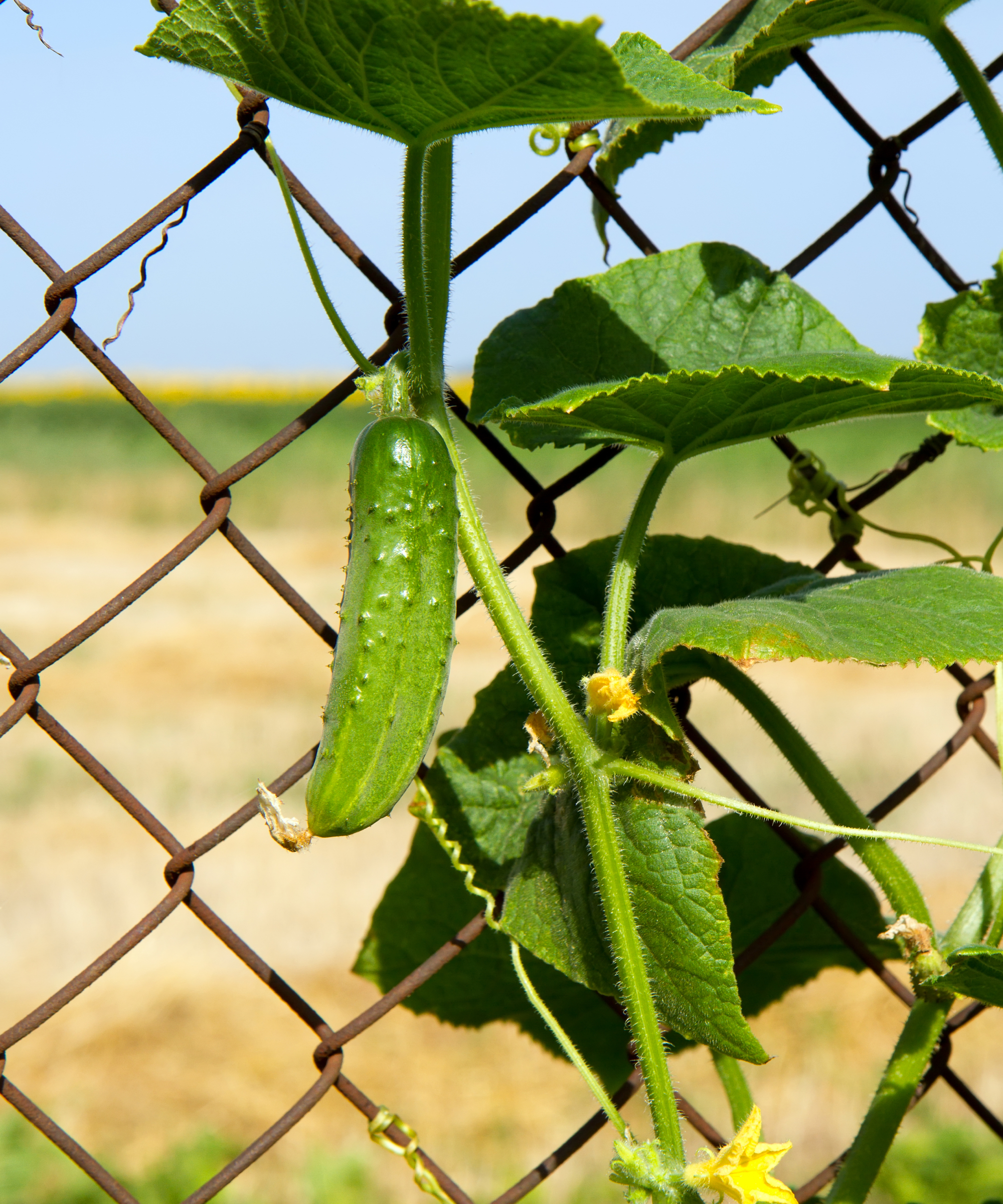
Cucumbers are another plant which will produce little , twirled tendrils to help the larger stems grab onto supports. They don’t need much encouragement to grow upwards. Because some varieties of cucumber produce large fruits, make sure your support structure is sturdy.
Growing them on a mesh fence is ideal because the plant will have exposure on both sides to sun, allowing the young fruits to mature. There are bush types of cucumbers so make sure you choose the vining types for vertical growth. Looking for an interesting variety to grow this year? Try the Mexican sour gherkins, also called "cucamelons," found in the Gardening Know How Shop.
5. Zucchini
There are both bush and vine zucchini, as well. The older, heirloom types tend to be vining. Newer climbers like Tromboncino, will perform very well on an upright structure. The vines will not produce tendrils so they will have to be secured to the support.
The prolific nature of these plants means they will produce a lot of fruit. Make sure your support structure is sound and if you are driving stakes in, to make a support, make sure they are at least 2 feet (.61 m.) into the soil. The Spineless Beauty hybrid in the Gardening Know How Shop is a delicious and hassle free variety.
6. Melons
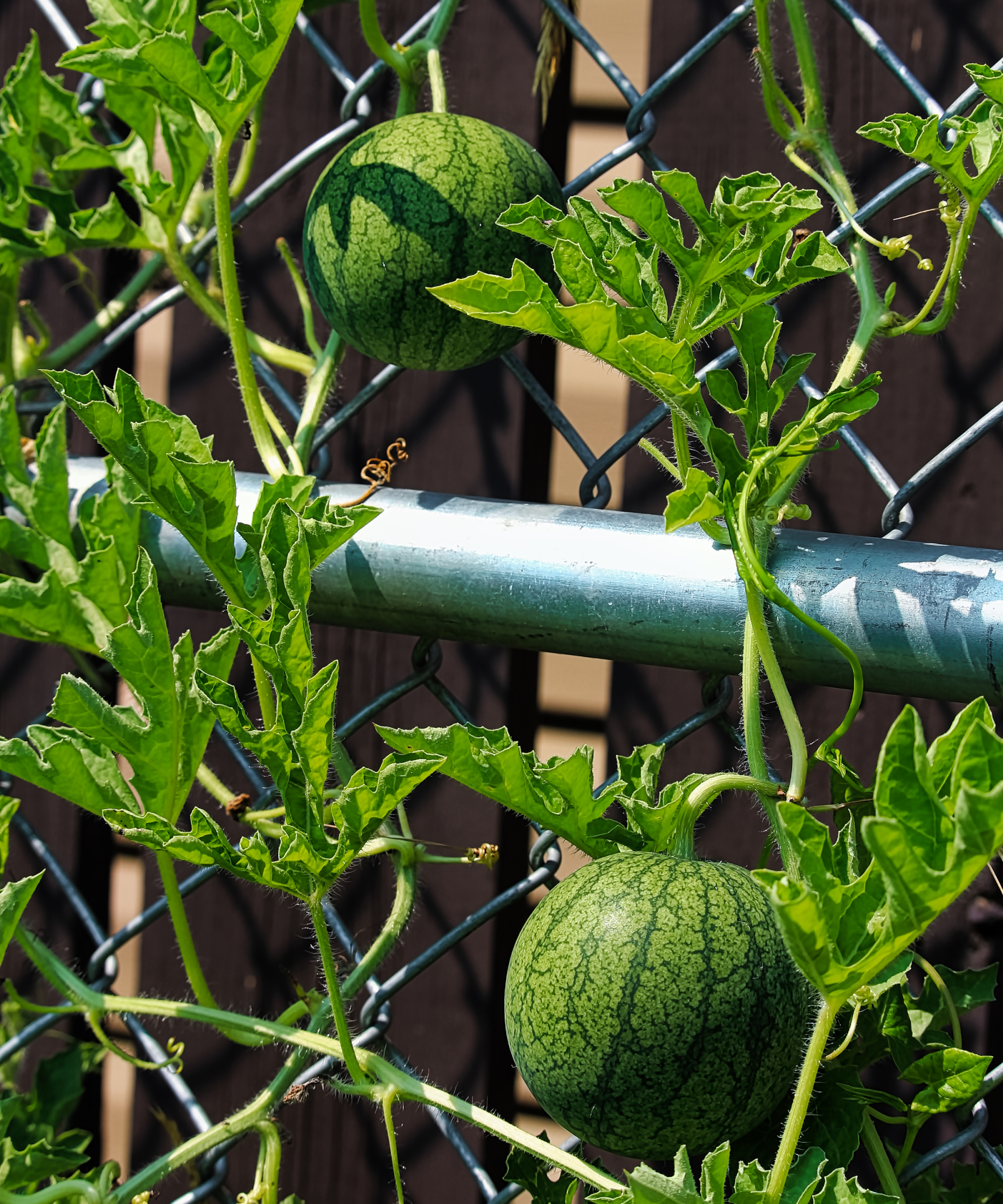
This is a bit trickier due to the size of the fruits. Select smaller varieties like Honeybun, cantaloupe, Sprite, Minnesota Midget, and Kazakh. Ideally you want a plant that produces fruit about 2-4 pounds (.91-1.6 kg.) in weight. As the fruits grow, tie some sort of hammock under the melon to support it.
Pantyhose, netting, fabric, and even used face masks will work for these smaller fruits. You may have to abort some of the developing fruit to prevent the vines from becoming too heavy. Select the healthiest and largest to keep and lop off underdeveloped, younger fruit.
7. Herbs
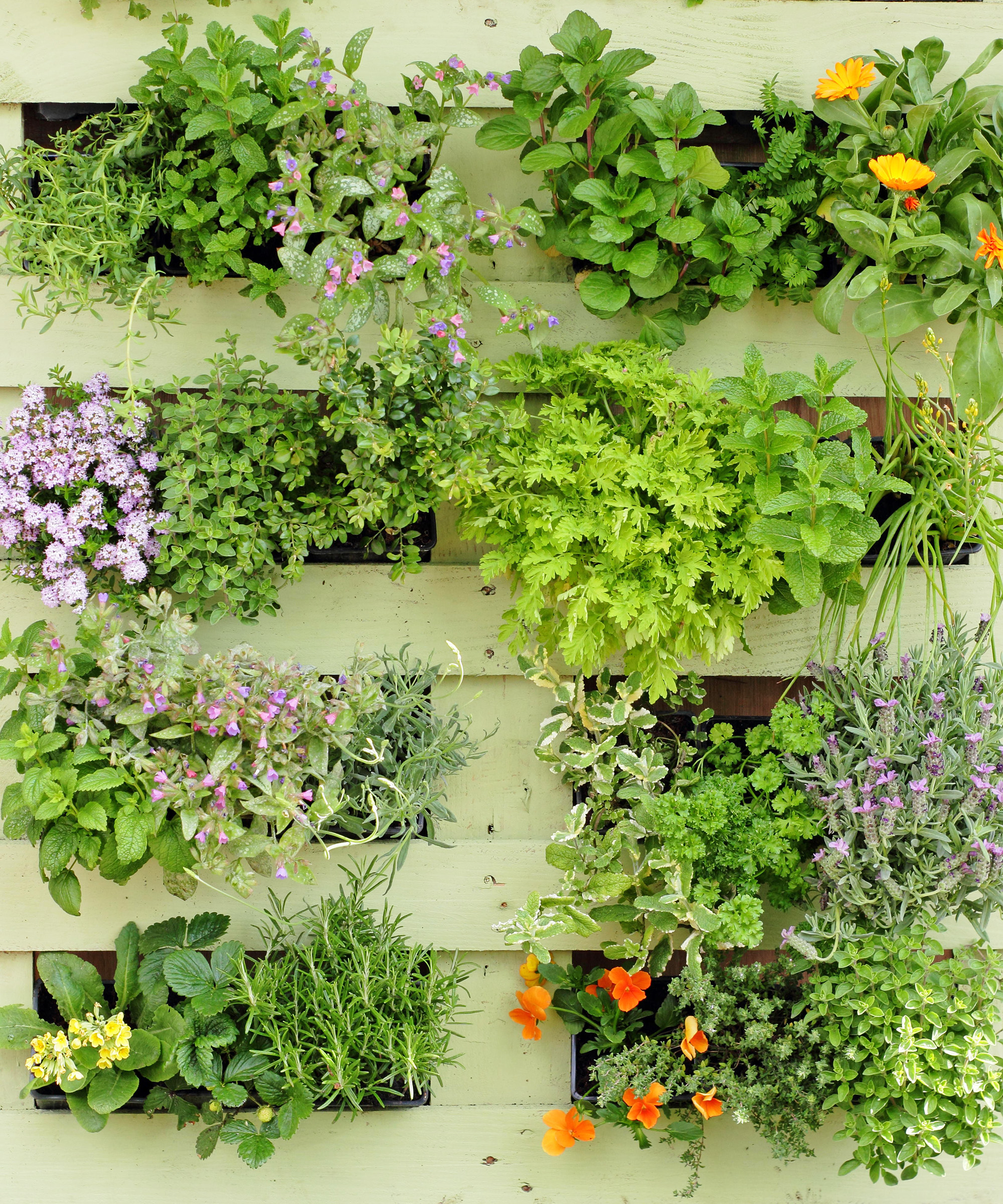
These aren’t considered vines but can be grown in an attractive hanging container situation. Erect an upright form near the kitchen door so you will have quick access to all the flavor and scent you need for your recipes. Then install wall mounted pots or grow boxes on the surface.
Thyme, mint, oregano, cilantro, basil, and many more herbs will grow together perfectly in this way. Group the herbs with the same care needs together for best results. Find all the seeds and herb garden supplies you'll ever need in the Gardening Know How Shop.
8. Lettuces and Leafy Greens
In the same way you can make a vertical grow station for different herbs, you can create a similar situation for a variety of greens. Red leaf, spinach, sorrel, arugula, Swiss chard, and others will be perfectly happy lounging up a grow wall.
Many of these are cut and come again and you can simply snip fresh leaves for your salad and new ones will replace those removed. Intersperse some radishes, cherry tomatoes, and other smaller traditional salad fixings and you have a meal on a wall.
This article features products available from third-party vendors in the Gardening Know How Shop.
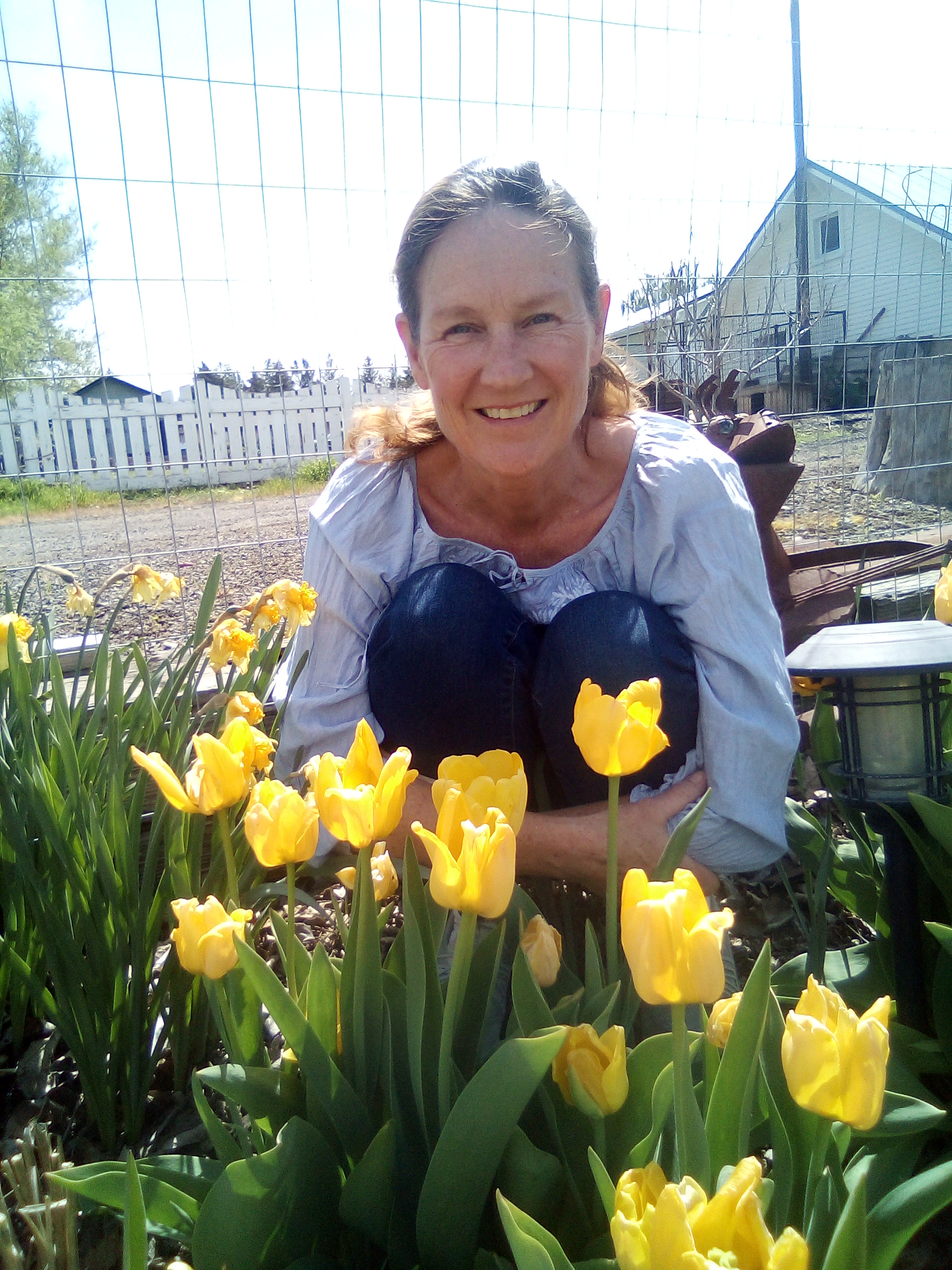
Bonnie Grant is a professional landscaper with a Certification in Urban Gardening. She has been gardening and writing for 15 years. A former professional chef, she has a passion for edible landscaping.